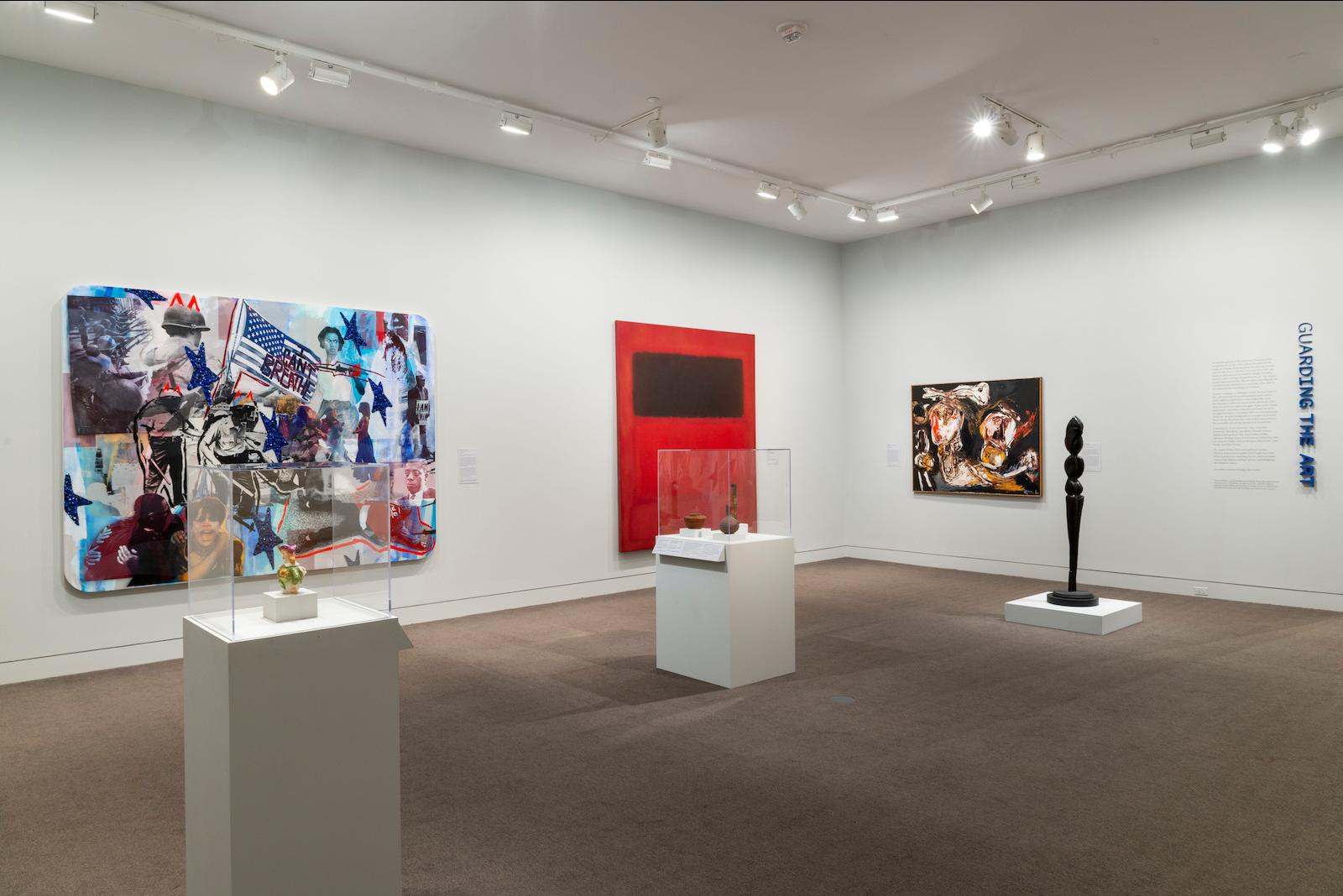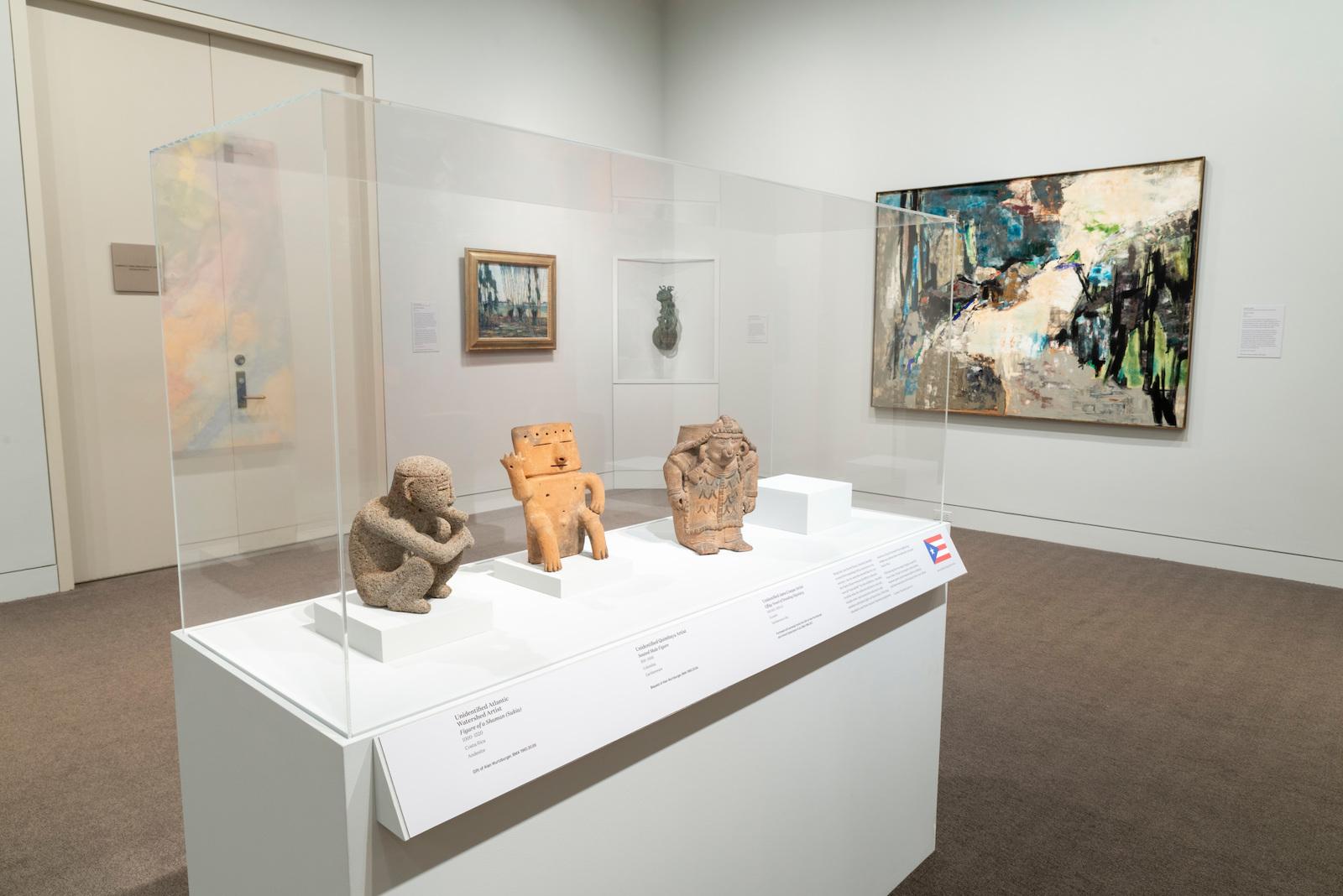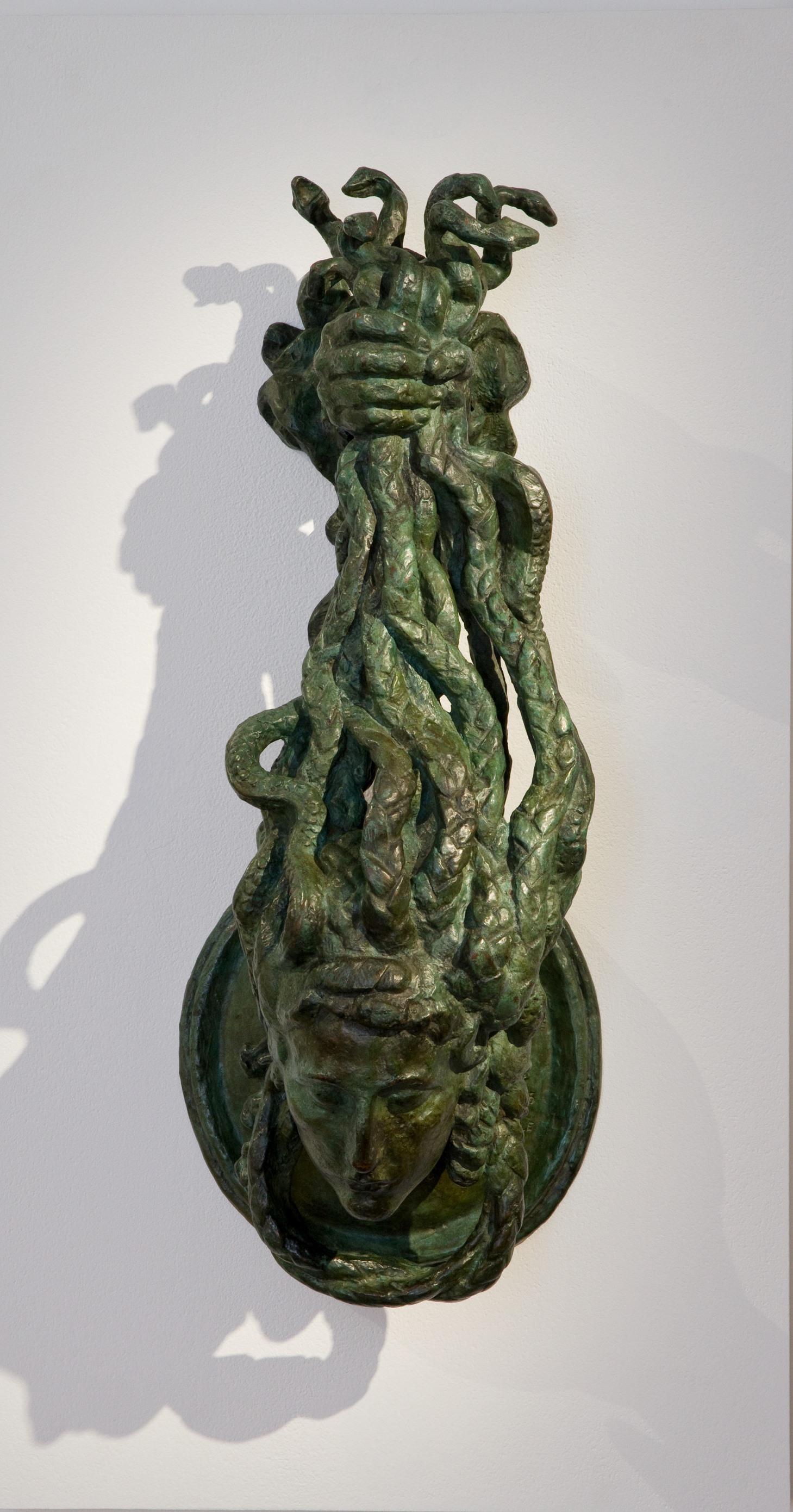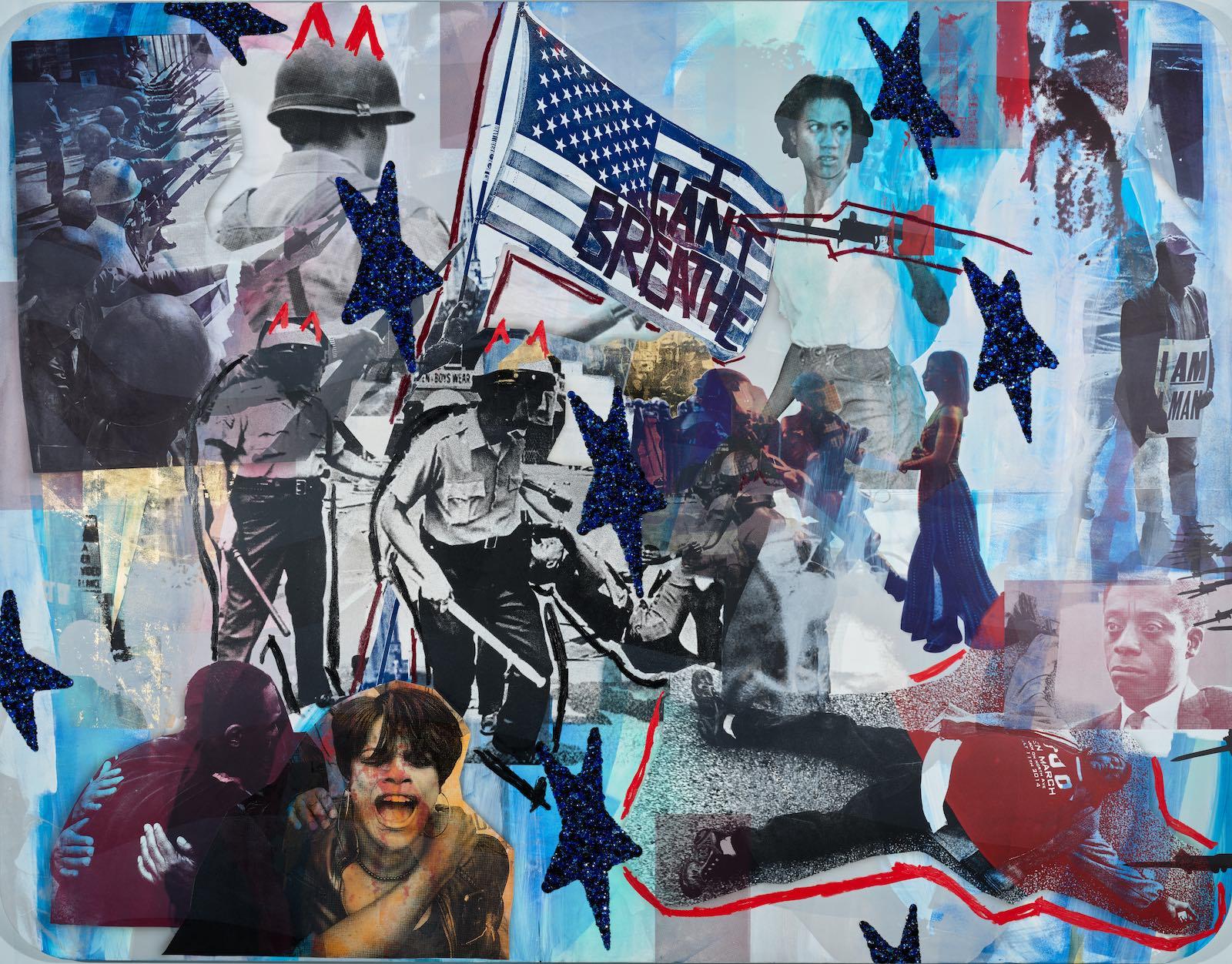The project began with an inquiry sent to all members of the museum’s security team gauging their interest in serving as guest curators. Seventeen security officers chose to participate: Traci Archable-Frederick, Jess Bither, Ben Bjork, Ricardo Castro, Melissa Clasing, Bret Click, Alex Dicken, Kellen Johnson, Michael Jones, Rob Kempton, Chris Koo, Alex Lei, Dominic Mallari, Dereck Mangus, Sara Ruark, Joan Smith, and Elise Tensley. These guest curators reflect a broad mix of backgrounds and interests. They range in age from twenty-four to sixty-three. Besides working as security guards, they are artists, chefs, musicians, scholars, and writers.
Over the past year, guards collaborated with the museum’s curatorial, design, education, conservation, and marketing departments to select and reinterpret a wide variety of works. The museum also brought in noted art historian and curator Lowery Stokes Sims to serve as mentor and consultant. With guidance from Sims, the group conducted research, determined the scope of the exhibition, designed the gallery floor plan, created labels, developed educational materials, and planned visitor tours as well as other public programs.
“It’s been exciting to get first-hand experience in organizing an exhibition and discovering all the behind-the-scenes considerations,” Elise Tensley said. “It gives you a new respect for how museums work and the stories they tell.”
One of the most intriguing aspects of the show is the variety of reasons curators gave for selecting their pieces. Curatorial statements that detail this selection process accompany each work. These blocks of text, some highly personal, reveal as much about the guards as they do about the artists they chose to feature.
Guard Ricardo Castro said he wanted to show a work from Puerto Rico because he is Puerto Rican. When he was told that the museum’s collection includes works from Puerto Rico but they weren’t available for this exhibit, he selected earthenware or stone figures from indigenous cultures in three countries that are close to Puerto Rico—Colombia, Ecuador, and Costa Rica. Then he added a fourth display plinth and kept it empty, with an image of the Puerto Rican flag underneath. The message is clear: He wants to see works representing his heritage.

































